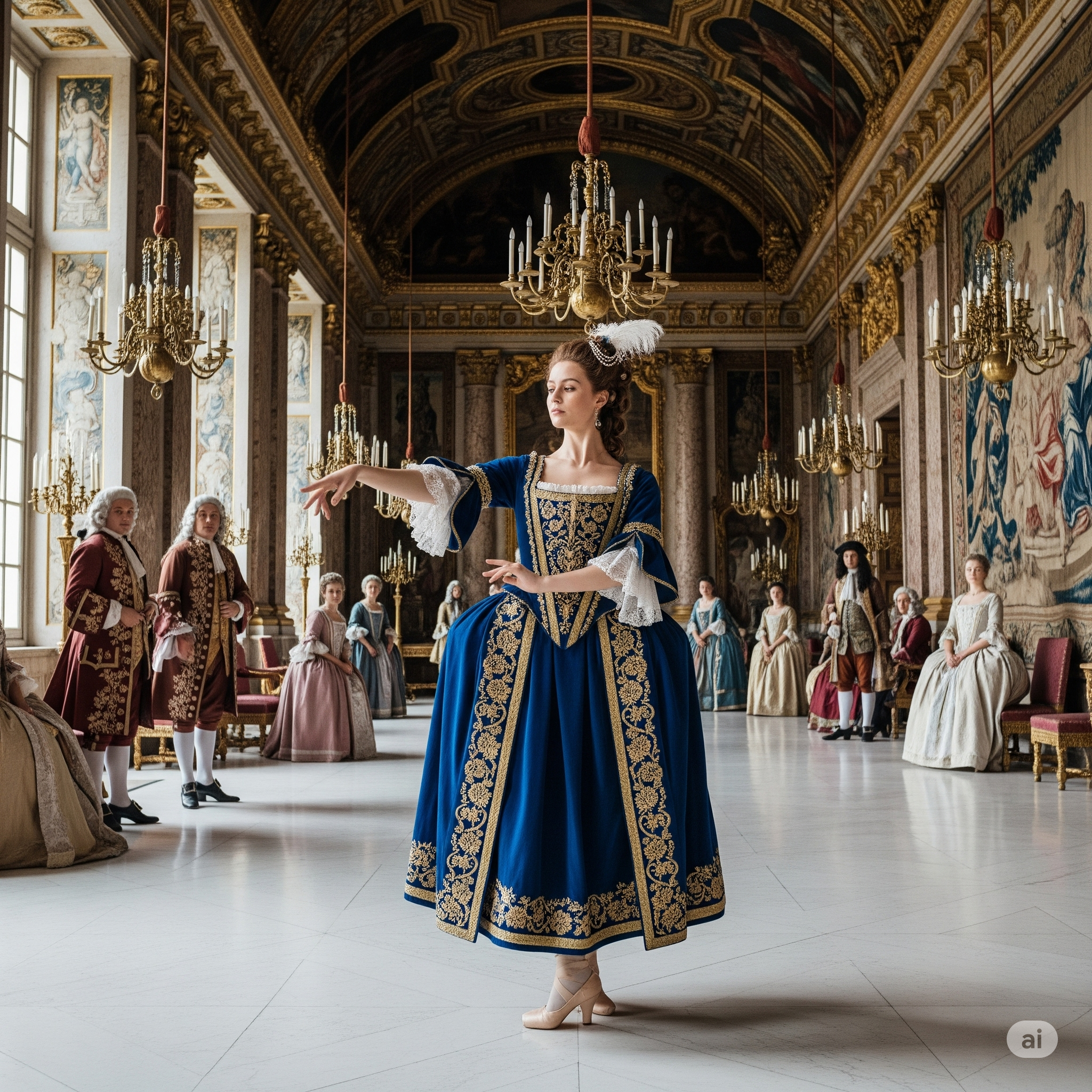From the Renaissance to the Stage: The Fascinating Origin of Classical Ballet
El ballet, con su inigualable gracia y técnica, es hoy una de las formas de arte más veneradas del mundo. Pero, ¿te has preguntado de dónde viene esta disciplina? Su historia no comienza en los grandes teatros que conocemos, sino en las fastuosas cortes de la Italia renacentista.

Los Primeros Pasos en la Italia del Renacimiento
En el siglo XV, la nobleza italiana utilizaba elaborados festines y eventos para demostrar su poder y riqueza. Durante estas celebraciones, se presentaban espectáculos con música, poesía y danza. A estos bailes, coreografiados por "maestros de baile", se les conocía como "balli", palabra de la que deriva "ballet". Estas danzas, aunque eran diferentes de la técnica actual, fueron importantes para lo que vino después. Un momento clave ocurrió en 1533, cuando la noble Catalina de Médici se casó con el futuro rey de Francia, Enrique II. Al mudarse a París, llevó consigo a sus maestros de baile italianos, introduciendo estas artes en la corte francesa.
El Apogeo en la Francia de Luis XIV
Fue en Francia donde el ballet realmente floreció. El rey Luis XIV, conocido como el "Rey Sol", no solo era un gran mecenas de las artes, sino también un apasionado bailarín. Él se convirtió en la figura central de muchos ballets de la corte. Ganó su apodo en el famoso "Ballet de la Nuit" (1653). Allí, interpretó el papel de Apolo, el dios del sol. El Rey Sol no se detuvo ahí. En 1661, fundó la Académie Royale de Danse, la primera escuela profesional de ballet. Esta institución fue muy importante. Por primera vez, la danza dejó de ser solo para la nobleza. Se convirtió en una disciplina formal y rigurosa. En esta academia se codificaron los cinco pies principales y los pasos básicos, muchos de los cuales se siguen utilizando hoy.
La Transición al Teatro
A medida que el ballet se profesionalizaba, también se mudó del salón de la corte al escenario del teatro. El público, que antes se sentaba alrededor de los bailarines, ahora se colocaba frente a ellos. Esto cambió la coreografía, que empezó a centrarse en la técnica y la proyección hacia el espectador. Los bailarines de la Académie Royale de Danse fueron los primeros en actuar en un escenario. Esto marcó una nueva era. Durante los siglos XVIII y XIX, el ballet continuó evolucionando. Se empezó a usar zapatillas de punta para parecer que no pesas. Se acortaron los tutús para hacer movimientos más acrobáticos. También se crearon técnicas de elevación y giros más complejos. Este tiempo se llama el Ballet Romántico. Durante este periodo, se crearon obras famosas como "El Lago de los Cisnes" y "El Cascanueces". Hoy en día, estas obras son sinónimo de ballet clásico.
El Legado del Ballet Clásico
Desde sus modestos inicios en las cortes italianas hasta los grandes teatros de ópera, el ballet clásico ha recorrido un largo camino. Su origen es una fascinante mezcla de política, arte y la visión de figuras como Catalina de Médici y Luis XIV. Hoy, cada vez que un bailarín hace un plié o un pirouette, honra una tradición de siglos. Esta tradición nació del deseo de la realeza de impresionar y entretener.
En Attitude Store, entendemos y celebramos esta rica historia. Por eso, ofrecemos ropa y calzado para cada bailarín en su viaje. Desde los primeros pasos hasta la búsqueda de la perfección parte de la historia del ballet te parece más fascinante? ¡Déjanos un comentario!